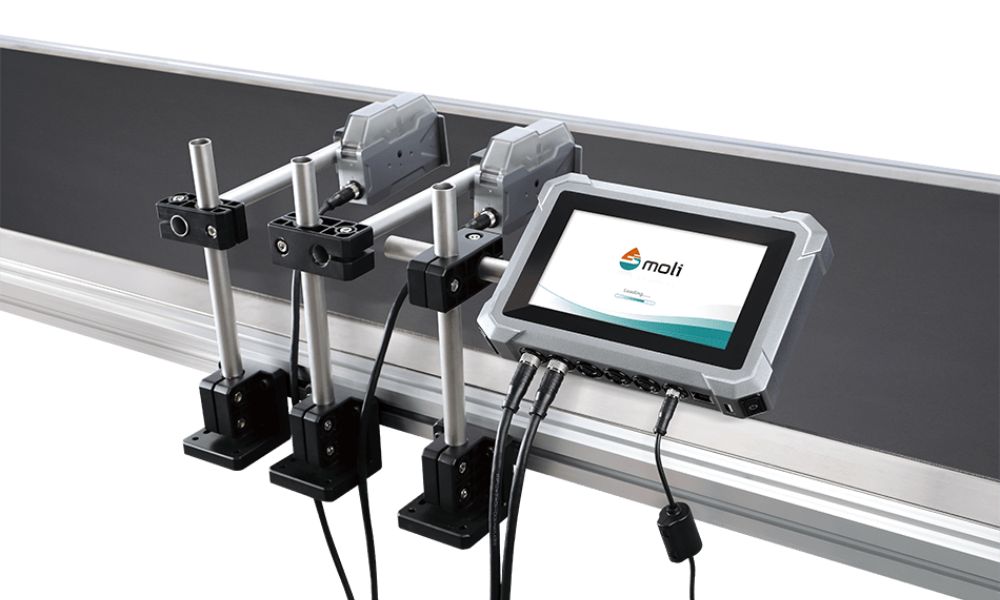Industrial printing, especially at high capacities, can introduce the challenge of printer vibration—an issue that is not just noisy and distracting but can also result in subpar print quality and even machinery damage. Professionals in the manufacturing and packaging sectors understand how imperative it is to maintain precision and stability in anything that involves printing. Fortunately, there are several steps you can take to eliminate printer vibration and ensure a smoother operation.
Why Printer Vibration Occurs
Before you tackle any problem, understanding its root is key. Various factors can cause printer vibration. Most commonly, vibration stems from the printer’s internal mechanisms. These devices rely on intricate and precise movements to print, and any deviation from the norm can result in vibrations. Mechanical issues, misalignment, and even an imbalance in the printer’s components can lead to these unwanted movements.
The Negative Effects of Printer Vibration
The effects of printer vibration are more than just an inconvenience. Printers that experience frequent and sustained vibration are prone to a reduction in print quality. This can manifest in the form of smudges, blurry text, or uneven lines. Additionally, the printer’s internal components are not immune to the effects of vibration. Over time, excess vibrations can lead to part failure or misalignment, which then require expensive repairs or replacements.
Moreover, precision is critical in industries where even the slightest deviation can result in significant errors or waste. Such industries simply cannot afford to have their printing processes compromised by vibration.
Tips To Eliminate Printer Vibration
The good news is that effective measures can help eliminate or at least greatly reduce printer vibration. By implementing the following tips, you can safeguard your industrial printing processes and the quality of your output.
Proper Placement
The simplest adjustment, which often yields great results, is ensuring your printer is placed on a stable and level surface. Avoid areas prone to foot traffic or heavy machinery operation, as these can transfer vibrations to the printer. Vibration-dampening pads or mounts can be highly effective in isolating the printer from external sources of vibration.
Regular Maintenance
Carry out periodic assessments of your printer. Check for signs of wear, such as loose bolts or screws. Lubricate moving components as recommended by the manufacturer. By catching potential causes of vibration early, you can prevent them from escalating into more serious issues.
Balancing
Check that all printer components are properly balanced. Imbalance can cause unwanted movements that resonate through the rest of the machine. You should check even small components like ink cartridges or printheads and, if necessary, balance them to minimize vibration.
Shock Absorption
Consider deploying shock-absorbing materials specifically designed to mitigate vibration. You can place these materials under the printer itself, between the printer and the surface it rests on, or in the printer’s housing to dampen any internal vibrations.
Eliminating printer vibration is not an optional pursuit but an essential one for industries reliant on precise and high-quality printing. Practicing the must-know tips to eliminate printer vibration discussed above can go a long way in ensuring your print operation remains smooth and efficient. Tourmaline Enterprises offers reliable thermal inkjet printers for businesses seeking top-quality prints in industrial applications. Engineered to minimize vibration, our printers deliver stable performance. For vibration free printing be sure to check out our T100 inkjet printer for ½” printing capabilities that is specifically designed for 99% vibration reduction.

